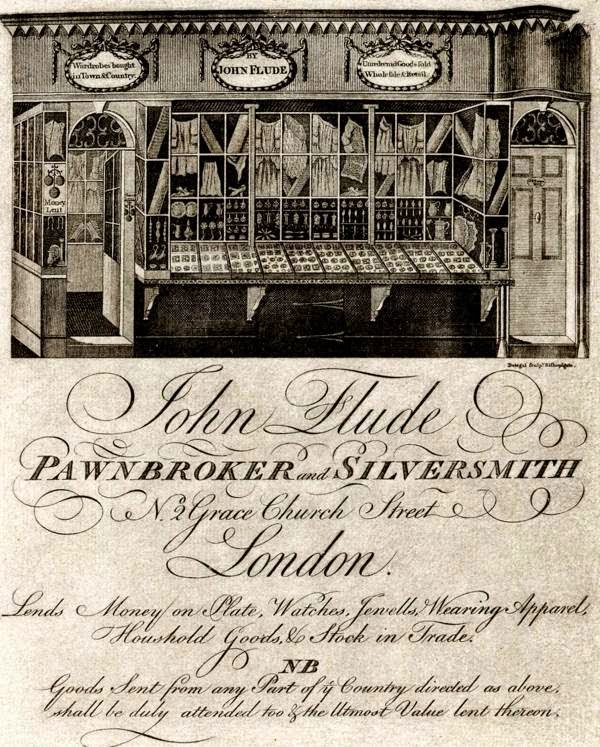January 17 is Wear a Hat Day. Hats are not much in vogue in our modern times, but in Regency England, a stylish bonnet was an essential part of any lady's ensemble when she stepped out of doors. Married women and ladies of a certain age (late twenties and older) wore caps indoors. Shopping for hats and caps and keeping up with trims and colors was
de rigeur for ladies.
In
Northanger Abbey, Isabella Thorpe told Catherine Morland, "I saw the prettiest hat you can imagine in a shop window in Milsom-Street just now
—very like yours, only with coquelicot ribbons instead of green; I quite longed for it."
Perhaps Miss Thorpe passed a shop that looked like the one represented in
The Milliner's Shop by Alonzo Perez:
 |
| Alonzo Perez |
In the first ten years of the 19th Century, the poke-bonnet gained popularity. In an 1801 letter, Jane Austen wrote that she had a new bonnet, trimmed with white ribbon:
"I find my straw bonnet looking very much like
other people's, and quite as smart."
 |
| Alfred Glendening |
 |
| Artist Unknown |
Leghorn hats were popular, featuring a large brim in front, and turned up behind in a soft roll in the French style, such as this bonnet:
 |
| Annie Henniker |
Here are different Regency-era bonnets, as depicted by various artists:
 |
| Carl Thomsen |
 |
| A. R. Kemplen |
 |
| F. Sydney Muschamp |
 |
| Carlton Alfred Smith |
 |
| Charles Haigh-Wood |
 |
| George Goodwin Kilburne |
 |
| George Engleheart |
 |
| Frederick Kaemmerer |
 |
| Frederic Soulacroix |
 |
| Daniel Hernandez Morillo |
In
Emma, Mrs. Elton accepts Mr. Knightley's invitation to be part of the party that will pick strawberries at Donwell:
"It is to be a morning scheme, you know, Knightley; quite
a simple thing. I shall wear a large bonnet, and bring
one of my little baskets hanging on my arm. Here, —probably
this basket with pink ribbon. Nothing can be more simple, you see."
 |
| Edmund Blair Leighton |
In her letters, Jane Austen wrote about re-trimming a cap:
I shall venture to retain the narrow silver
round it, put twice round without any bow,
and instead of the black military feather shall
put in the coquelicot one, as being smarter.
This cap is trimmed with lace and black ribbon:
 |
| Edmund Blair Leighton |
By 1810 the plain cottage bonnet became more elaborate. Hats became higher and were decorated with more than fabric and ribbon. Hats sported flowers, puffed gauze, feathers, and gathered or plaited fabric.
This hat bears the fashionable poppy-red color Isabella Thorpe called "coquelicot" in
Northanger Abbey:
 |
| Edmund Blair Leighton |
 |
| Daniel Hernandez Morillo |
In Mansfield Park, Miss Crawford explains to Edmund how easy it is to tell whether a woman is out in society based on her manners and her attire:
"Till now, I could not have supposed it possible to be
mistaken as to a girl's being out or not. A girl not out has
always the same sort of dress: a close bonnet, for instance."
 |
| Frederick Kaemmerer |
 |
| George Sheridan Knowles |































